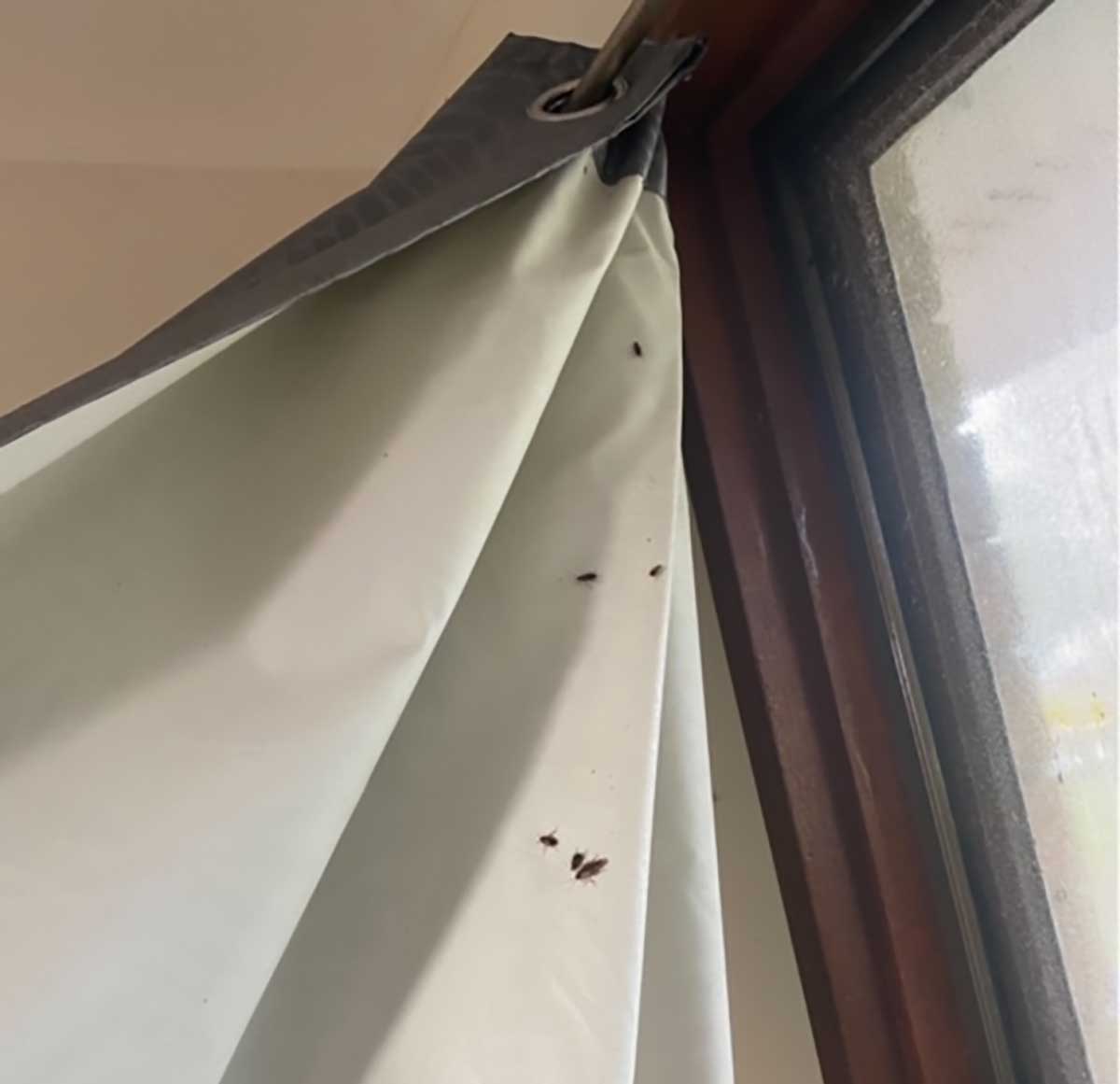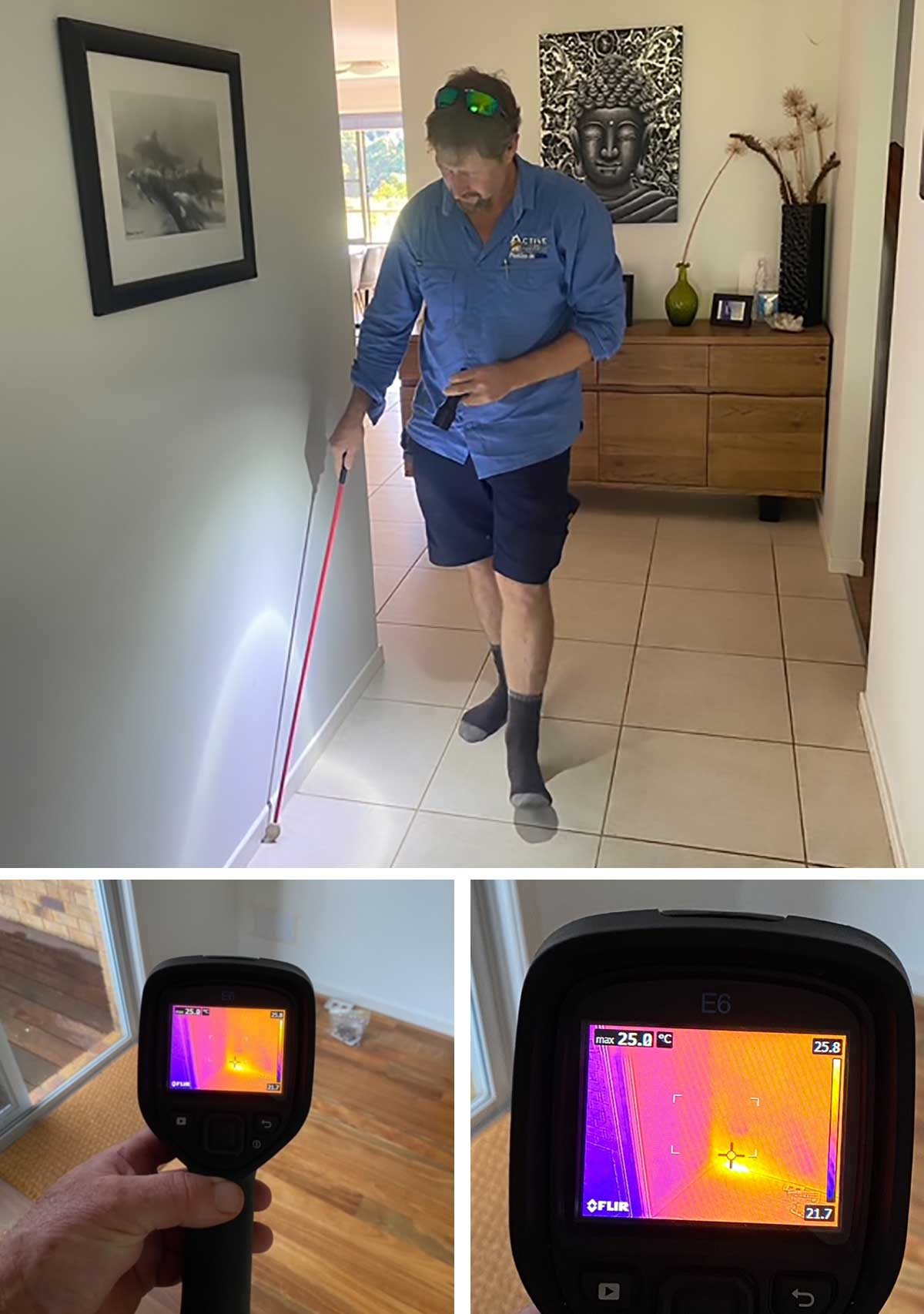Termite Management
Termite invasions are a problem throughout Australia, but are particularly common in hot, wet areas like the Northern Rivers.
Pest Controllers in this region call it the ‘Termite Capital’ of NSW and advise that annual termite inspections are a must.
According to CSIRO data and the Australian Pest Control Association National Survey, termites cause more damage to homes in Australia than fires, floods and storms combined.
Importantly, the standard Home and Building Insurance Policy does not cover the repair costs of termite infested structural and decorative timbers. For that and other obvious reasons, it is highly recommended you have Termite Inspections on your home at least every 12 months.
maintain the value of your property and rest assured your asset is protected, Termite Inspections, coupled with practical prevention measures are the best method, and are far less costly than cure.
THE BEST WAY TO ELIMINATE TERMITES FROM YOUR HOME


Pest Control
At Active Pest Management, we recognize the significance of preserving a pest-free environment for the well-being of your family, employees, and patrons. As specialists in the field, we excel in promptly identifying and addressing pest issues on your property with the utmost efficiency and professionalism.
Our comprehensive pest management services extend to various sectors, including:
- Residential
- Retail
- Commercial
- Industrial
We proudly maintain enduring contracts to provide pest management services for a range of establishments, including cafes, restaurants, food production, holiday parks, retirement villages, hotels, motels, schools, and other commercial and retail properties.
Building new & renovation Termite Management Systems
We are the largest supplier of pre-construction termite management systems to both the domestic and commercial sectors of the building industry in the Northern Rivers.
The Building Code of Australia requires all new homes to have some form of management system to deter subterranean termite attack. All Active Pest Management pre-construction termite treatment zones are certified to satisfy Australian Standard 3660.1 and the building code, before occupants can move in.
Whatever the situation, Active Pest Management has the products and knowledge to cater for all new building and renovation projects, both commercial and domestic.
We are accredited installers for the largest range of pre-construction products available on the market.


Pre-Purchase Termite & Building Inspections
Purchasing a new home can be a stressful process. We aim to take away the stress of finding out if the building you are planning to buy has any termite / timber pest and moisture issues which can attract termites to the building. Our licensed inspectors carry out a full inspection of the internal and external areas of the building and surrounding gardens of the property. A comprehensive easy to read inspection report, with descriptive photos and details of any conducive conditions that may attract termites to the building, is sent to you the following day.
We recommend having a separate person carry out a building inspection to check the structural integrity of the building and can arrange for a highly skilled licensed building inspector to carry this out for you.
Sub Floor Ventilation
Subfloor Ventilation can remove ground moisture from underneath raised floors, creating a drier and warmer subfloor area.
We recommend subfloor ventilation to reduce termite risk. These systems are very effective in homes that experience a continuing musty odour or where there is mould on shoes and clothes in wardrobes or on furniture in living spaces.
Your subfloor area may seem insignificant because it does not form part of your living room. However this space has a high impact on the quality of air you breathe in while you are indoors and may affect your health. Poorly ventilated subfloor areas are often damp. This dampness can result in mould, mildew, musty odours, wood rot and pest infestation in your subfloor area and can also contribute to the spread of mould, mildew and allergies above.
We install ducted ventilation systems in the subfloor, which helps reduce these symptoms It is like a combination of a bathroom fan and air-conditioning in your subfloor, and carries a 5 year warranty.
If you have that musty damp smell inside your home, and you have a subfloor, please contact us for a free appraisal.

